Relaxing retreat: M House’s stark white form strikes the perfect balance
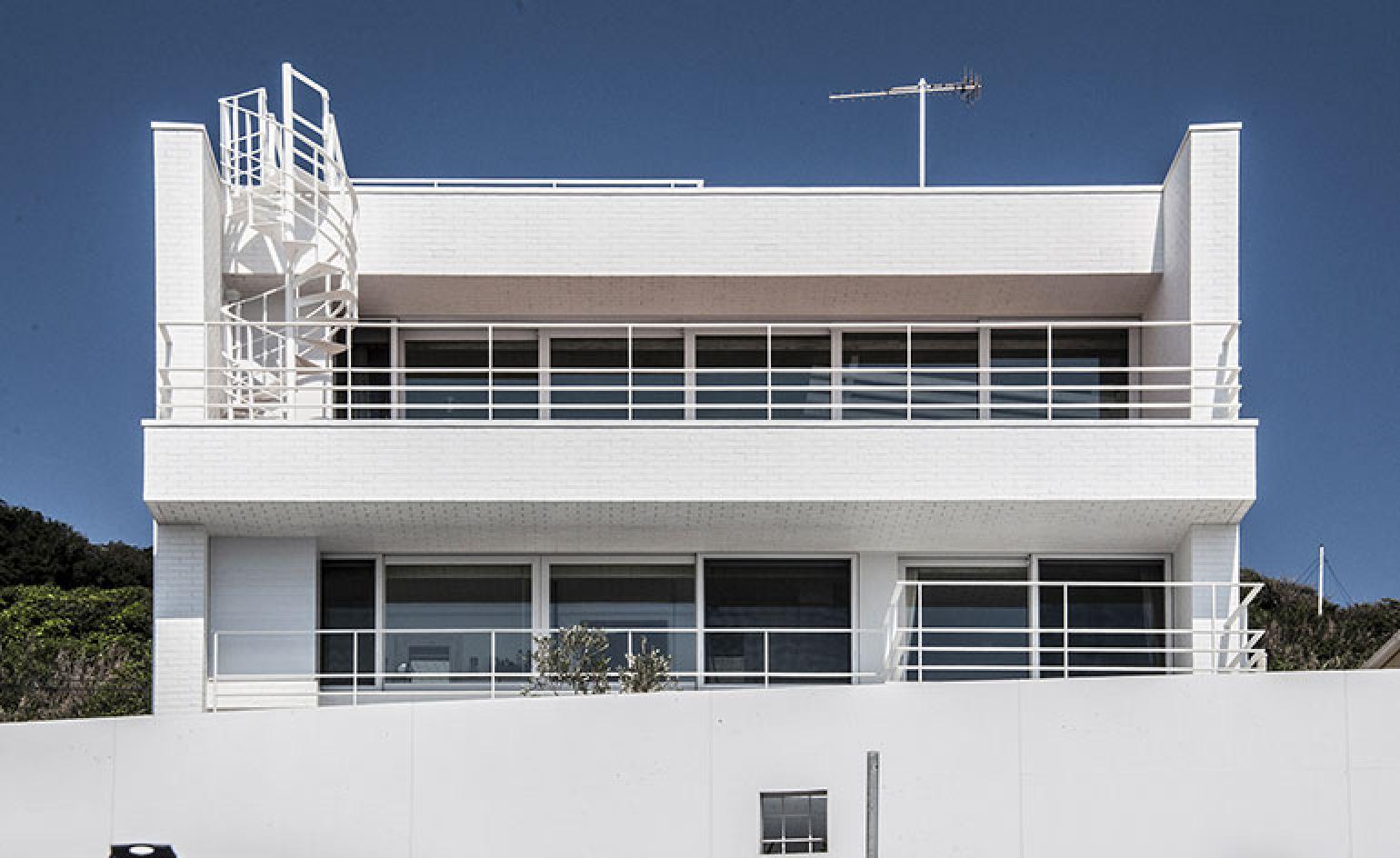
M House is a first for Ryuji Nakamura. A pupil of renowned Japanese architect Jun Aoki, Nakamura set up his independent practice in 2004 and went on to create delicate temporary installations and imaginative retail interiors in Japan, to great acclaim. His work has been widely acknowledged for their creator's knack for precision, ethereal quality and clever use of intricate, repetitive patterns.
Fast-forward twelve years and the architect has just completed his largest project to date – a 290 sq m house, sitting along the ocean shore of Eastern Japan. It also marks a clear departure from its architect's previous work.
Nakamura's clients, longing for a 'marine house with an aged look', commissioned him (in collaboration with an interior designer and a landscape firm) for their dream retreat – and M House was born.
Sandwiched in-between two roads, M House is a balance between disciplines. Nakamura took a modest approach, feeling it as the architect's duty to design a mere 'neutral background for the interior and the plants yet to come'. If the entire villa project encompasses the design of interior, structure, exterior, and landscape, he pondered, it is up to him to design only the middle two.
The structure is a bare reinforced concrete framework clad in white-painted brick tiles that help the exterior withstand the salty ocean air. Together they make the house look as if 'awaiting a renovation', according to the architect, who mentions the white-washed panel placed halfway up the concrete interior wall as an example of the kind of 'unfinished atmosphere' that 'helps residents relax'.
The landscape designers responded to the architecture with a selection of tree and plant species, placed against Nakamura's stark white geometries. Meanwhile, the interior designers used the architect's neutral background as an invitation to constantly renew the setting as if it were a trendy Tokyo fashion store.
'This simple ordinary structure allows the residents to expand their imagination by constantly updating the interior and the garden', says Nakamura. 'It is this unfinished design that stirs the dweller's imagination of a future renovation'.
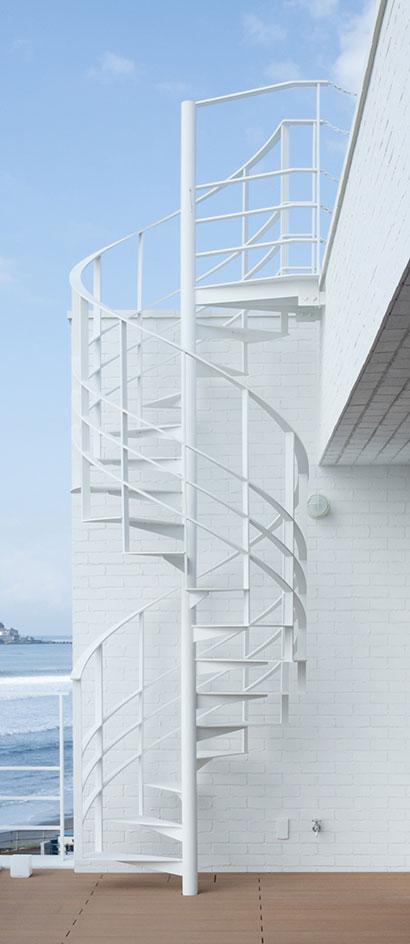
The clients approached Nakamura for a ’marine house with an aged look’
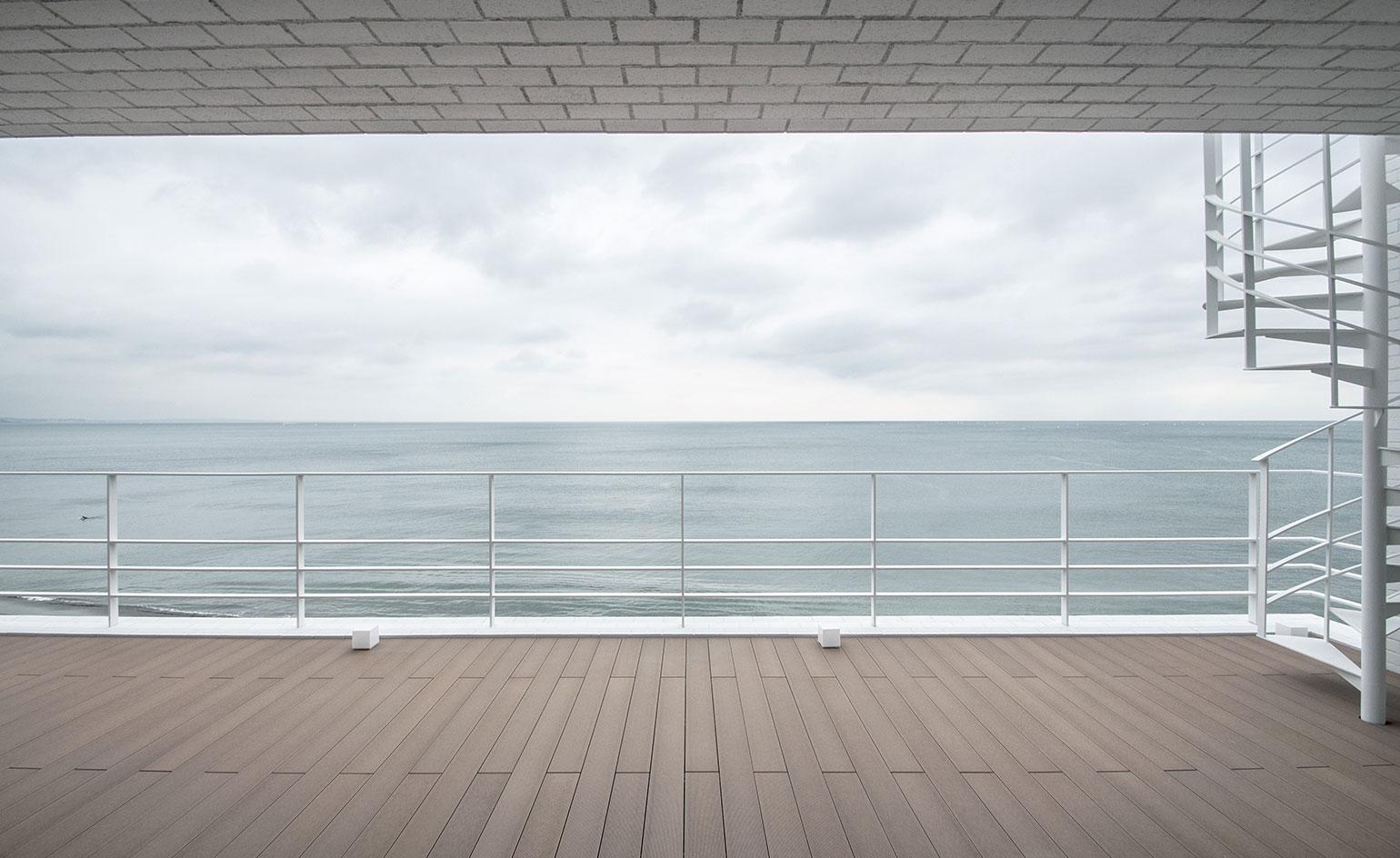
Collaborating with an interior designer and a landscape firm, the architect created a simple, neutral background for the plants and interiors, framing the sea views
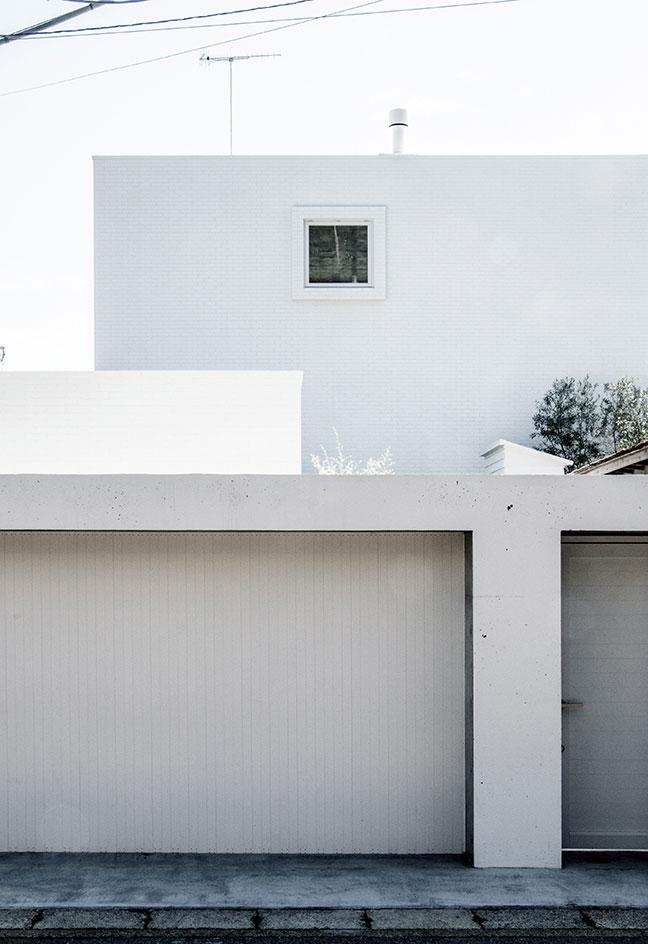
The structure is a bare reinforced concrete framework clad in white-painted brick tiles
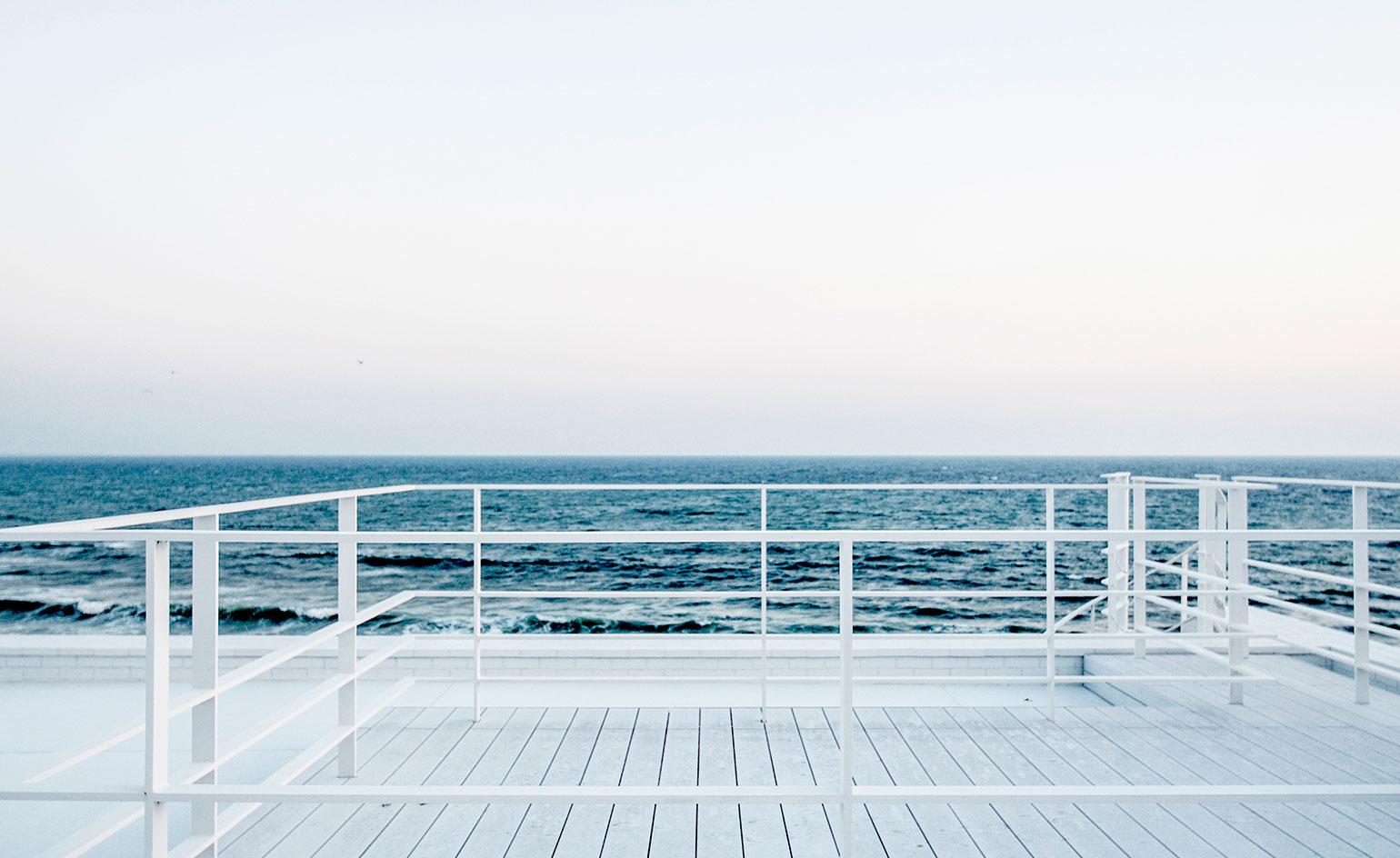
The choice of brick helps protect the house against the salty ocean air
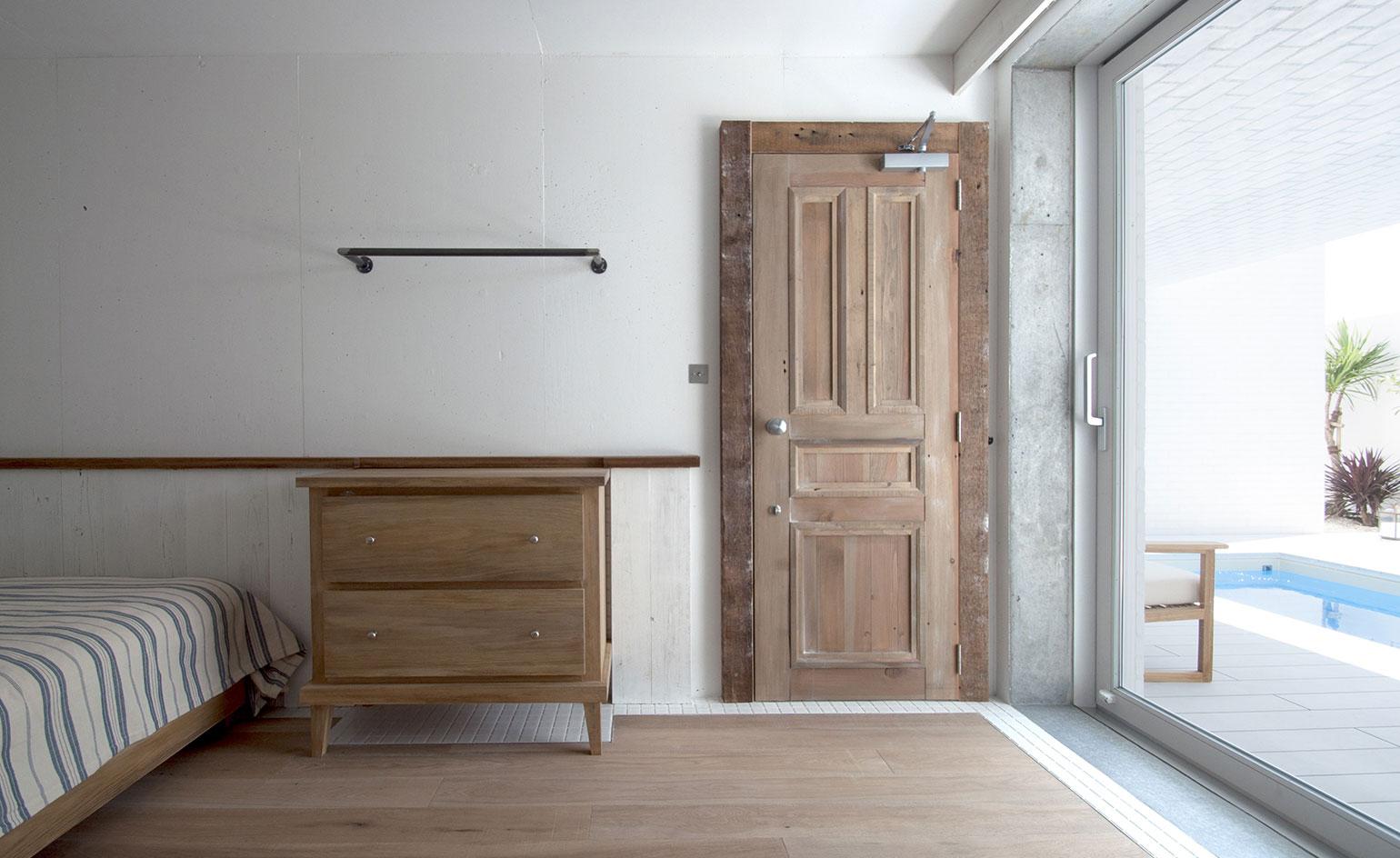
The interior designers took advantage of Nakamura’s simple white shell to create a space that can easily change its style and decor
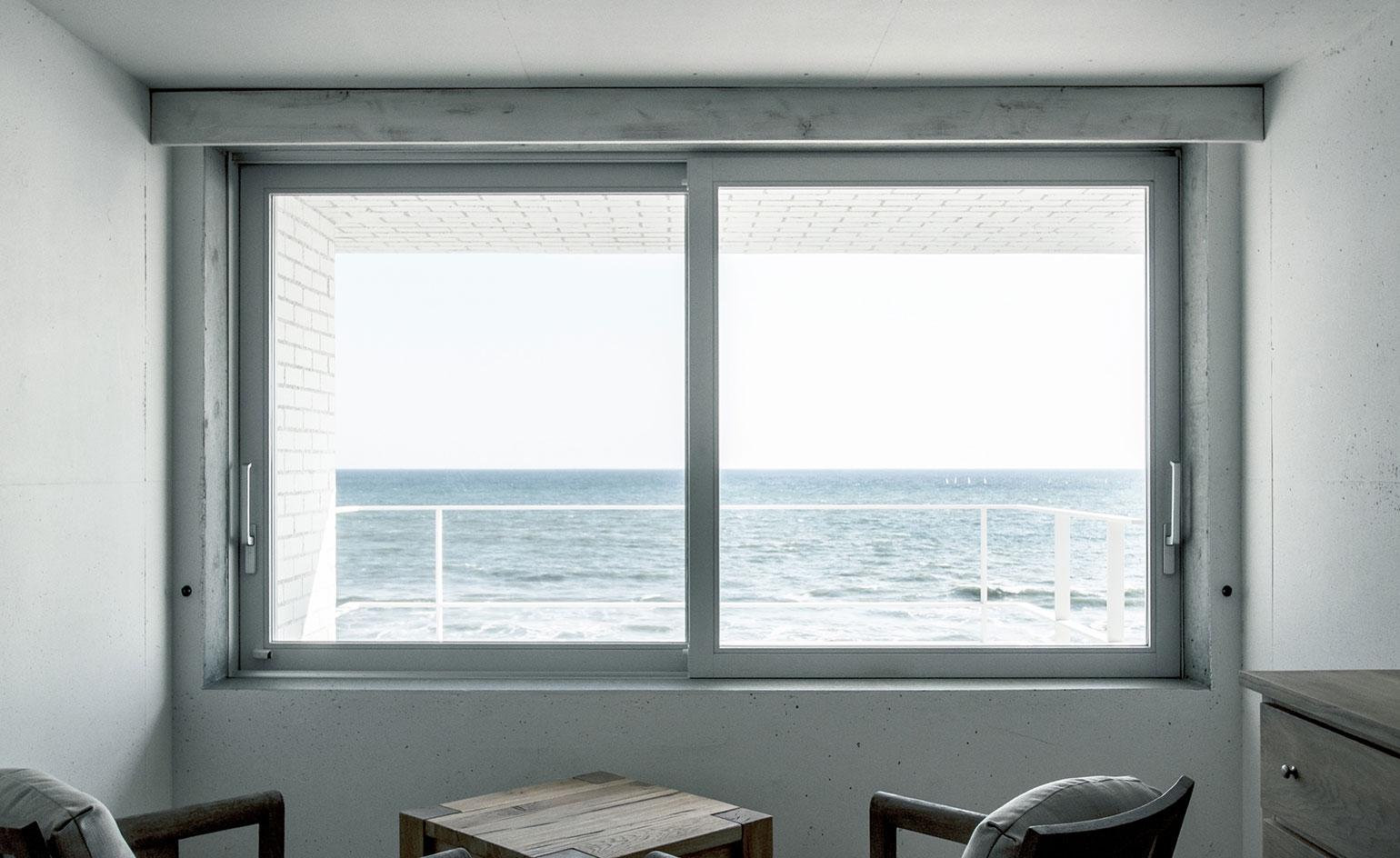
Their vision was to be able to constantly renew the setting as if it were a trendy Tokyo fashion store
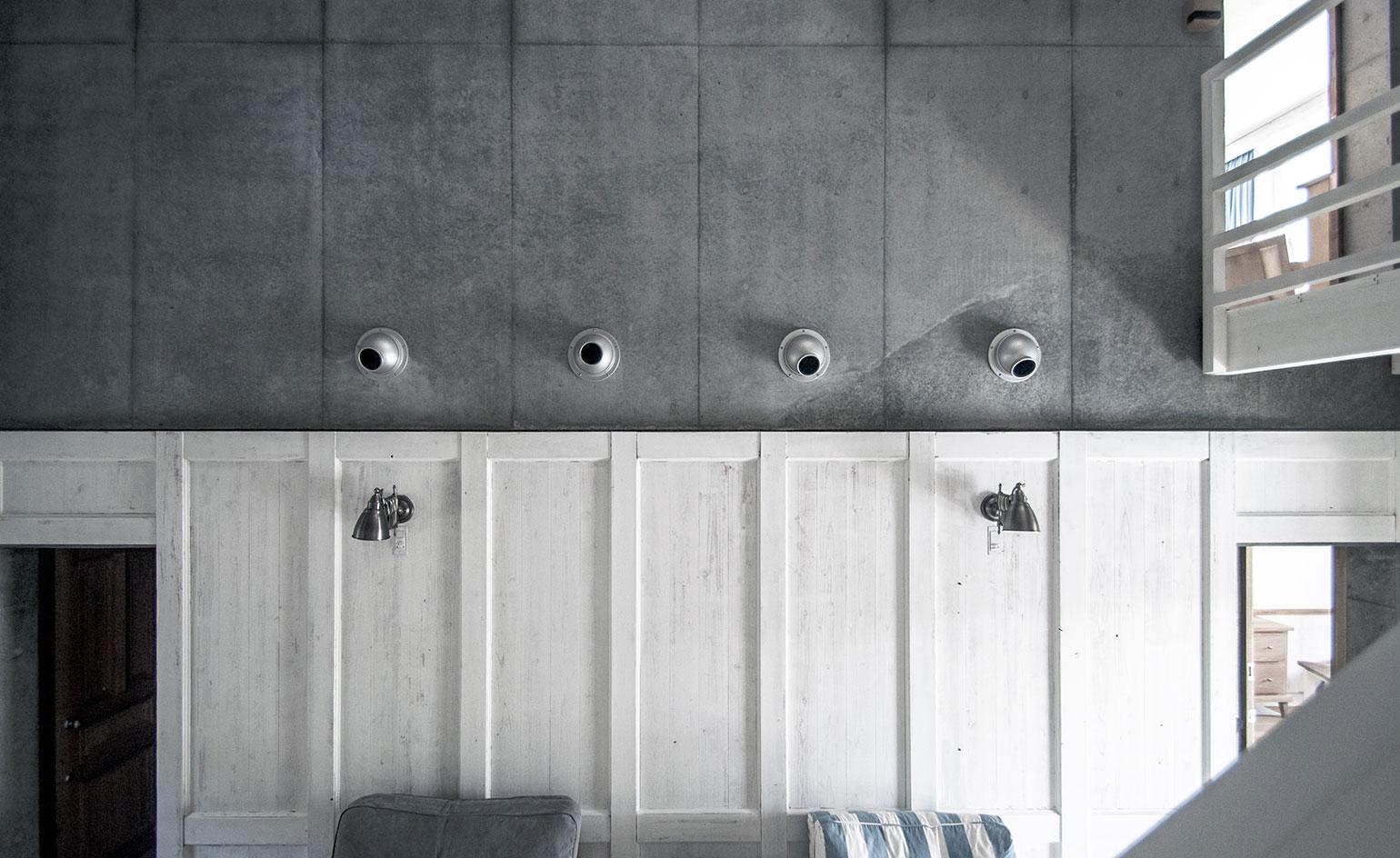
This, says Nakamura, enhances the residents’ imagination
For more information visit the Ryuji Nakamura website
Photography: Ryuji Nakamura & Associates
Receive our daily digest of inspiration, escapism and design stories from around the world direct to your inbox.
-
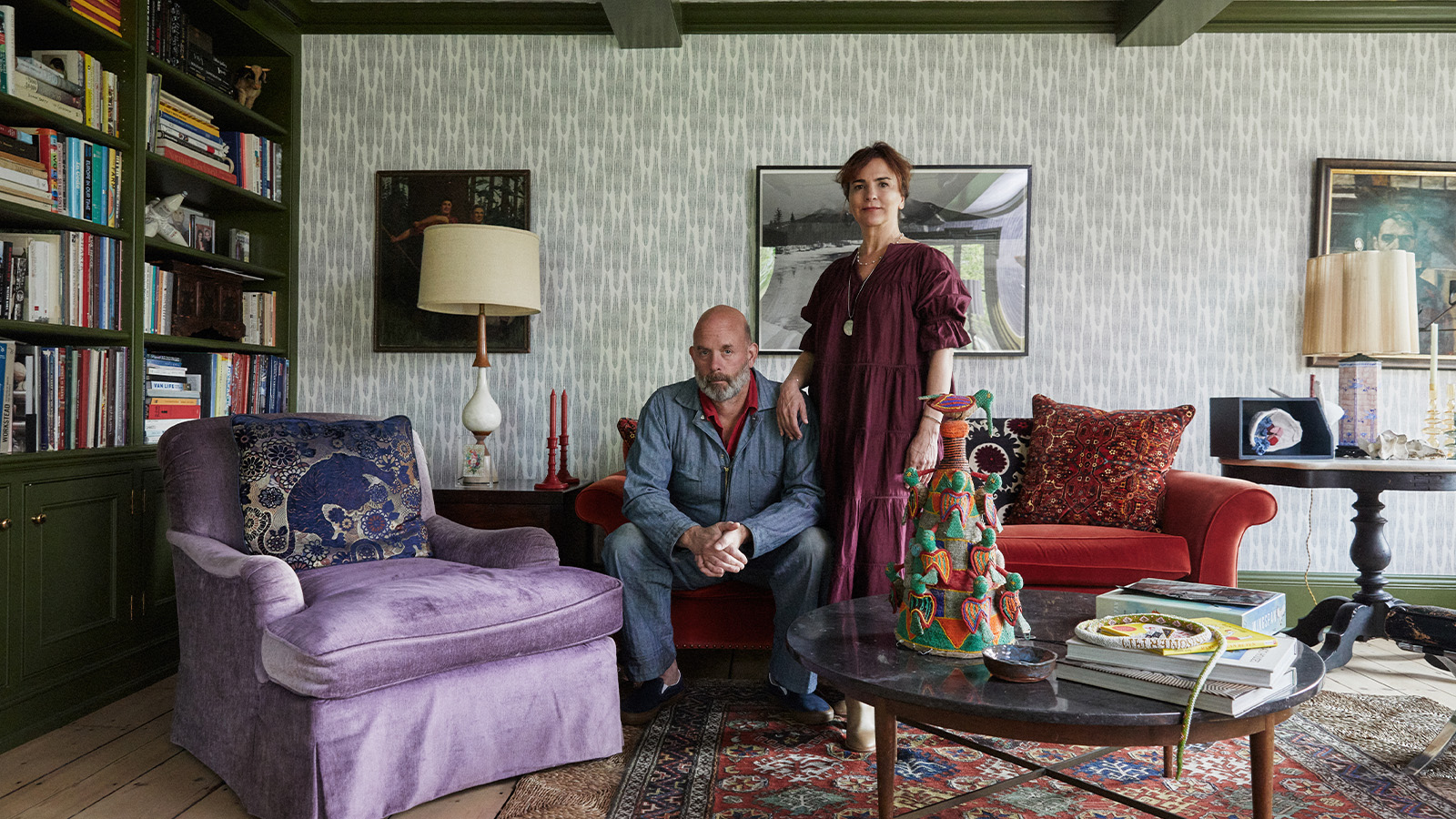 How We Host: Interior designer Heide Hendricks shows us how to throw the ultimate farmhouse fête
How We Host: Interior designer Heide Hendricks shows us how to throw the ultimate farmhouse fêteThe designer, one half of the American design firm Hendricks Churchill, delves into the art of entertaining – from pasta to playlists
-
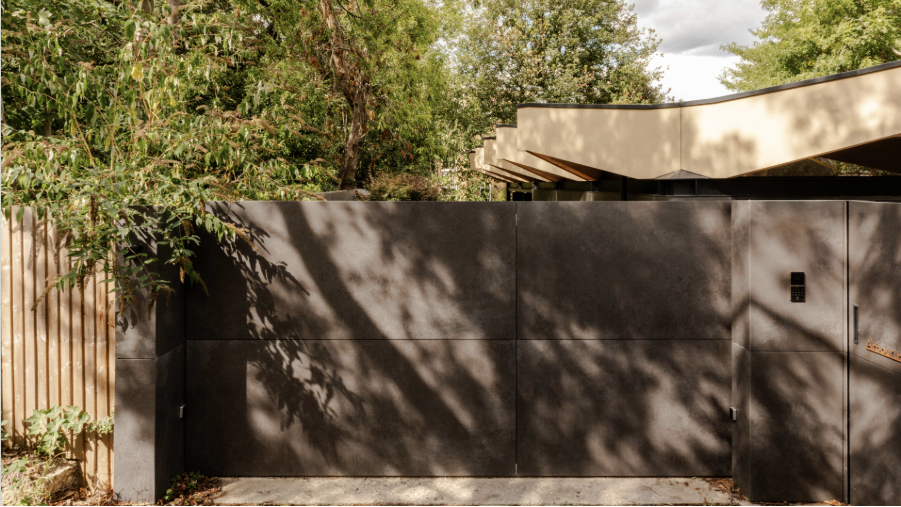 Arbour House is a north London home that lies low but punches high
Arbour House is a north London home that lies low but punches highArbour House by Andrei Saltykov is a low-lying Crouch End home with a striking roof structure that sets it apart
-
 25 of the best beauty launches of 2025, from transformative skincare to offbeat scents
25 of the best beauty launches of 2025, from transformative skincare to offbeat scentsWallpaper* beauty editor Mary Cleary selects her beauty highlights of the year, spanning skincare, fragrance, hair and body care, make-up and wellness
-
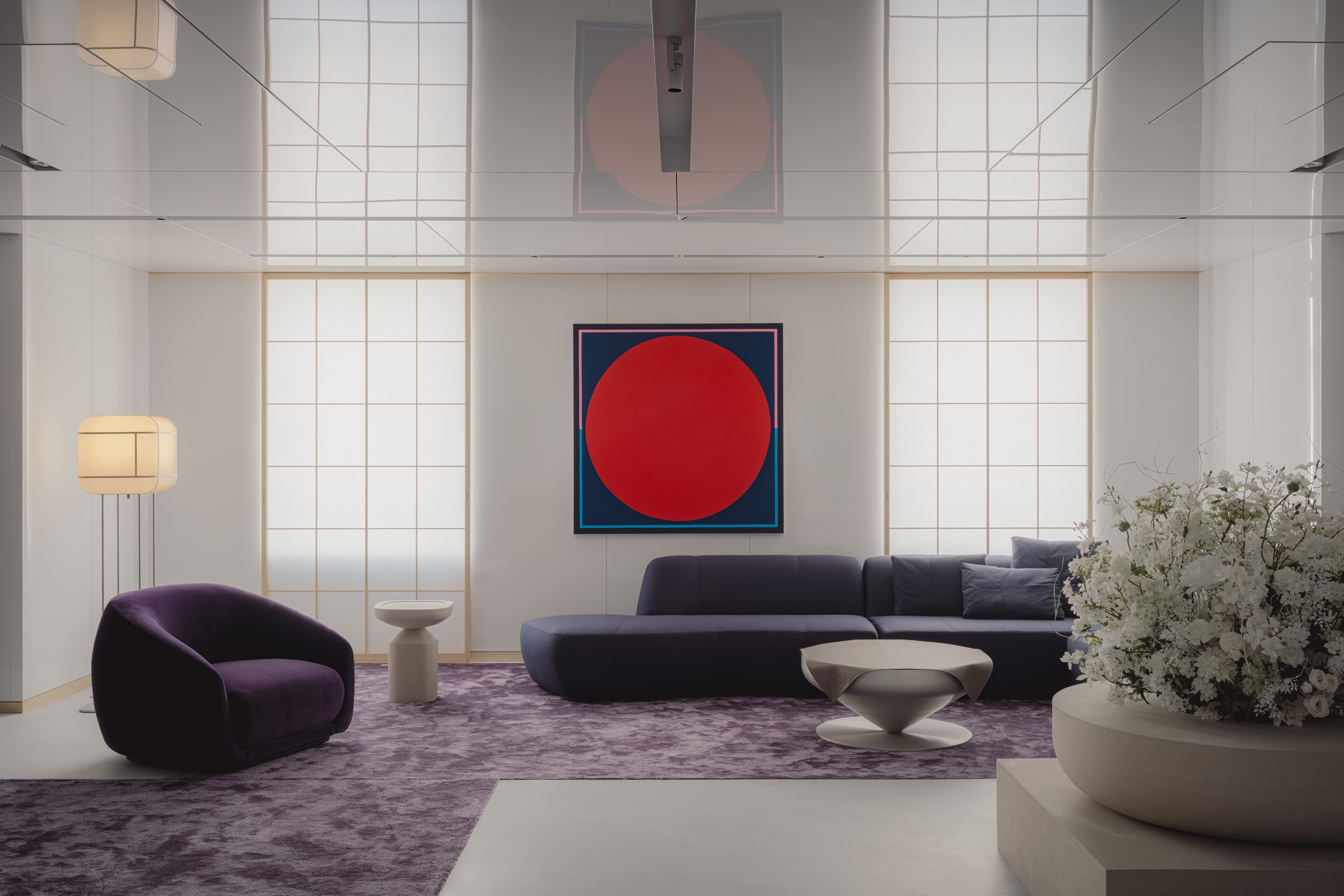 Matsuya Ginza lounge is a glossy haven at Tokyo’s century-old department store
Matsuya Ginza lounge is a glossy haven at Tokyo’s century-old department storeA new VIP lounge inside Tokyo’s Matsuya Ginza department store, designed by I-IN, balances modernity and elegance
-
 The Architecture Edit: Wallpaper’s houses of the month
The Architecture Edit: Wallpaper’s houses of the monthThis September, Wallpaper highlighted a striking mix of architecture – from iconic modernist homes newly up for sale to the dramatic transformation of a crumbling Scottish cottage. These are the projects that caught our eye
-
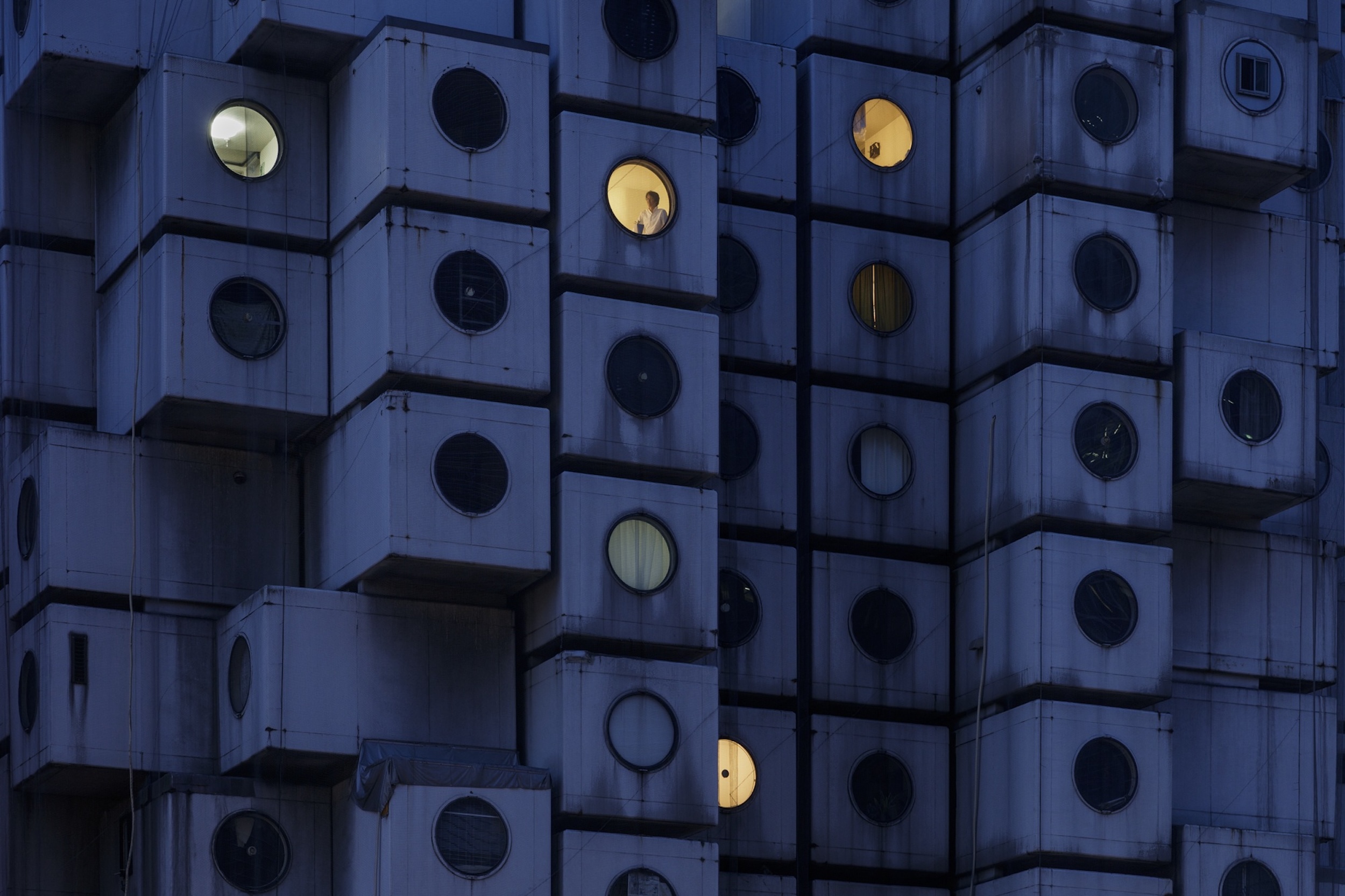 Utopian, modular, futuristic: was Japanese Metabolism architecture's raddest movement?
Utopian, modular, futuristic: was Japanese Metabolism architecture's raddest movement?We take a deep dive into Japanese Metabolism, the pioneering and relatively short-lived 20th-century architecture movement with a worldwide impact; explore our ultimate guide
-
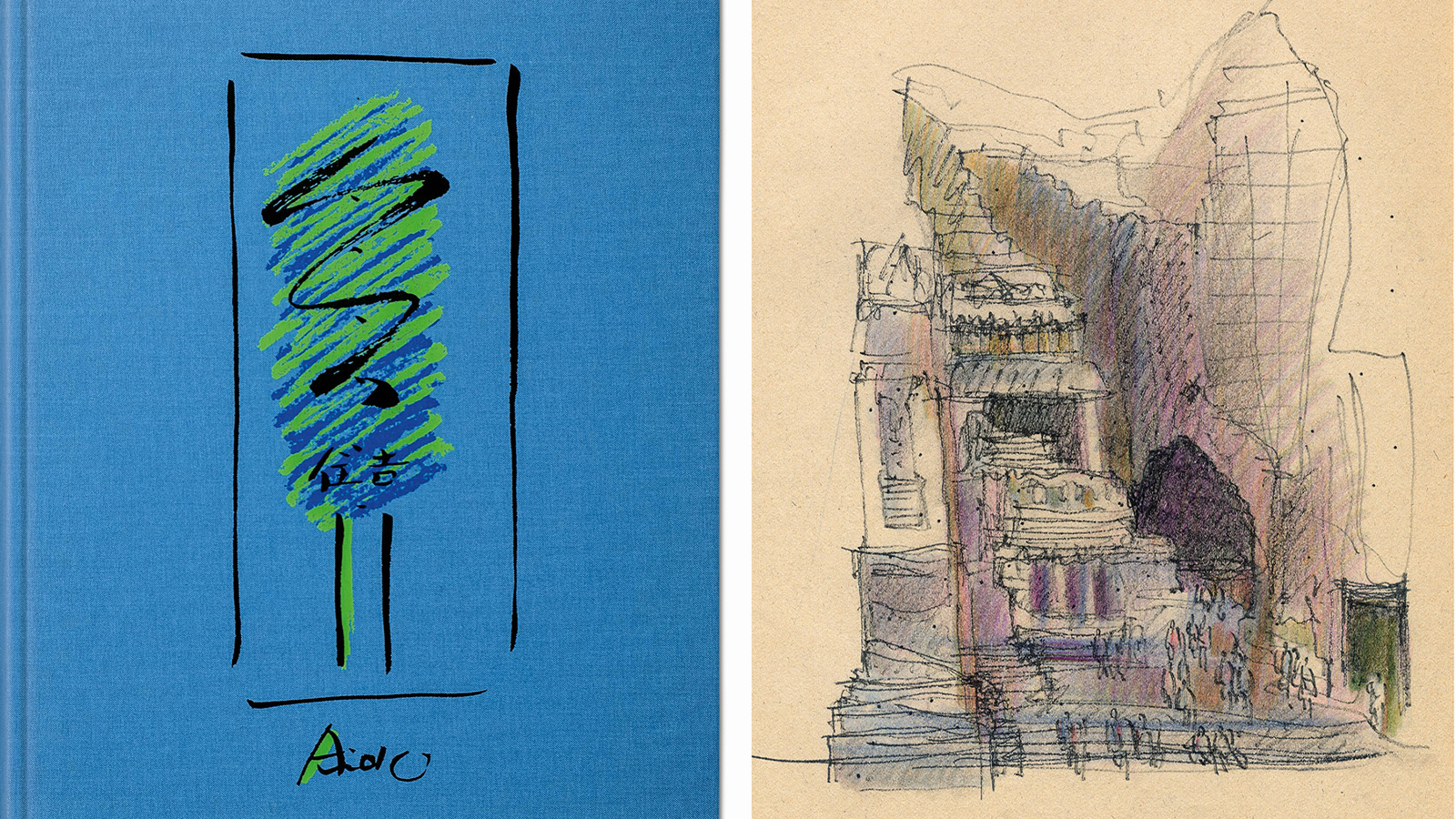 A new Tadao Ando monograph unveils the creative process guiding the architect's practice
A new Tadao Ando monograph unveils the creative process guiding the architect's practiceNew monograph ‘Tadao Ando. Sketches, Drawings, and Architecture’ by Taschen charts decades of creative work by the Japanese modernist master
-
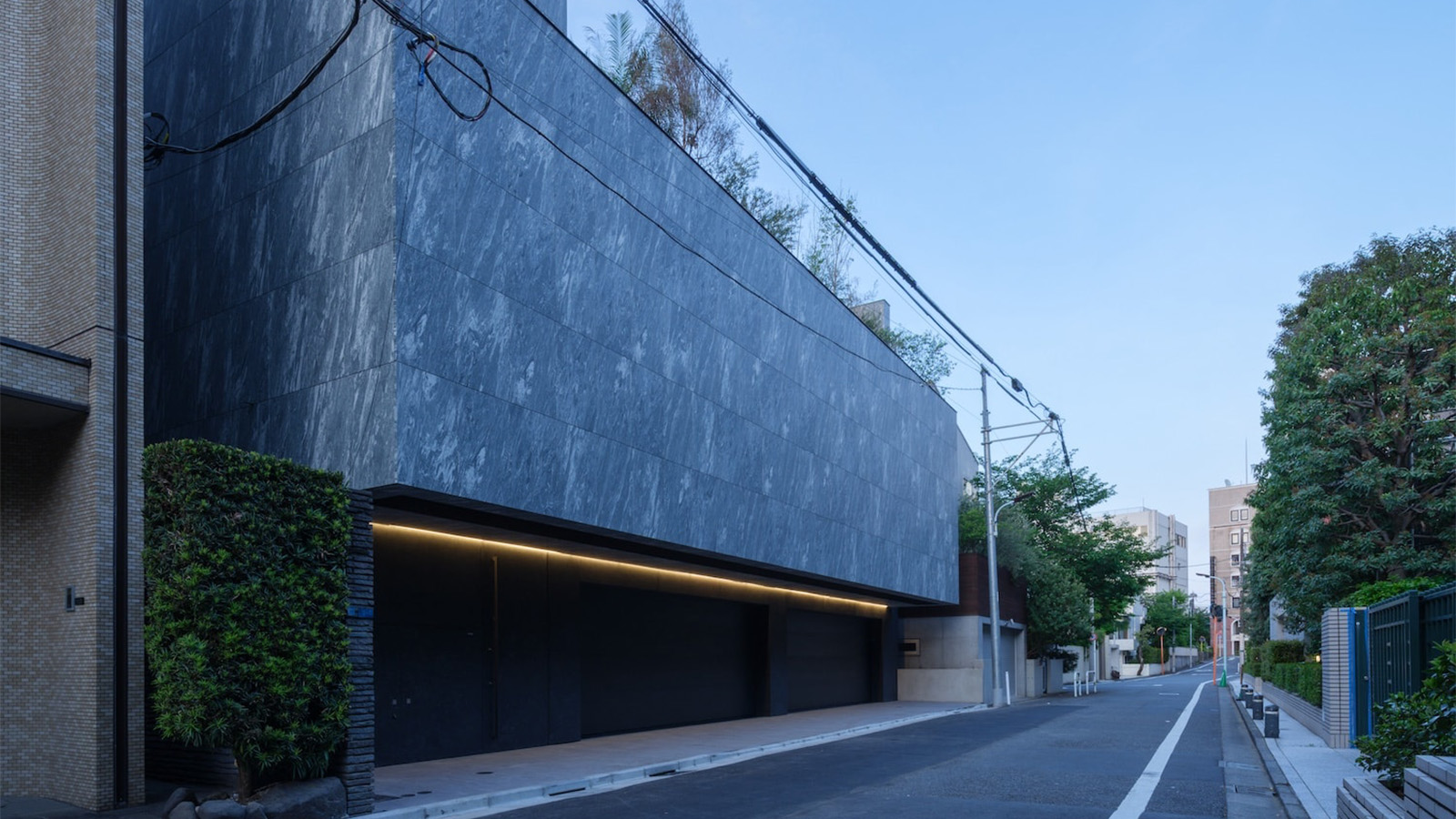 A Tokyo home’s mysterious, brutalist façade hides a secret urban retreat
A Tokyo home’s mysterious, brutalist façade hides a secret urban retreatDesigned by Apollo Architects, Tokyo home Stealth House evokes the feeling of a secluded resort, packaged up neatly into a private residence
-
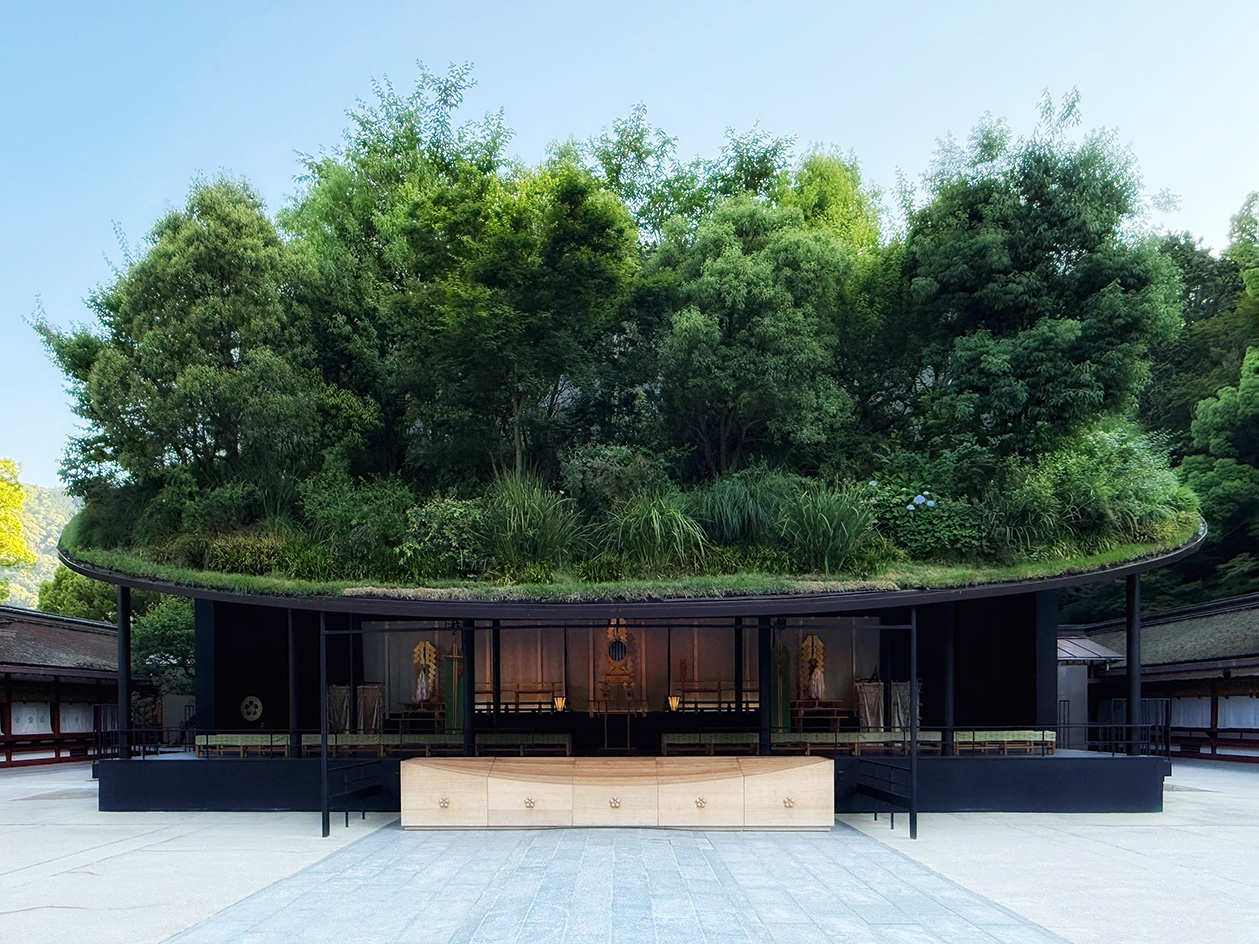 Landscape architect Taichi Saito: ‘I hope to create gentle landscapes that allow people’s hearts to feel at ease’
Landscape architect Taichi Saito: ‘I hope to create gentle landscapes that allow people’s hearts to feel at ease’We meet Taichi Saito and his 'gentle' landscapes, as the Japanese designer discusses his desire for a 'deep and meaningful' connection between humans and the natural world
-
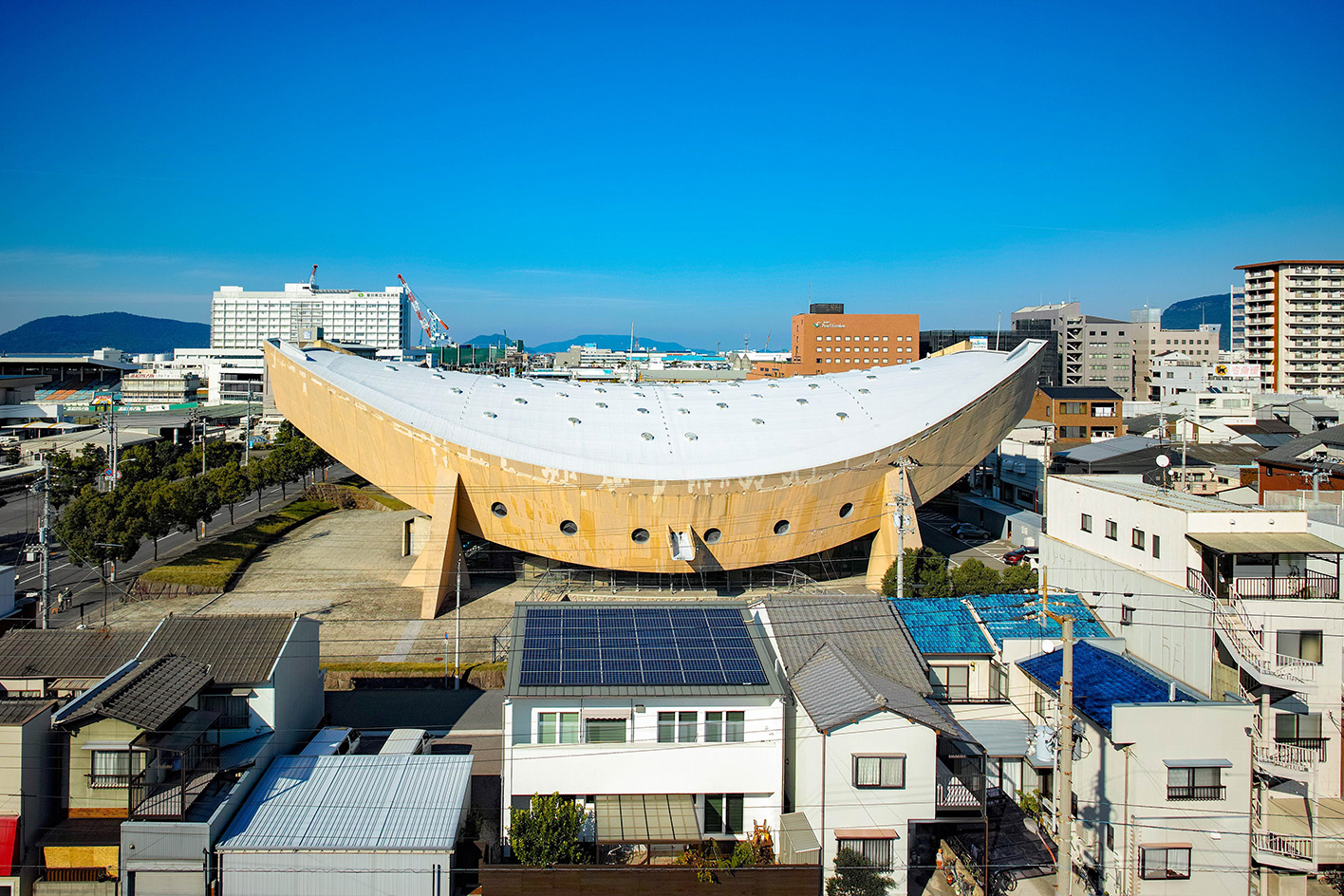 Campaigners propose reuse to save Kenzo Tange’s modernist ‘Ship Gymnasium’ in Japan
Campaigners propose reuse to save Kenzo Tange’s modernist ‘Ship Gymnasium’ in JapanThe Pritzker Prize-winning architect’s former Kagawa Prefectural Gymnasium is at risk of demolition; we caught up with the campaigners who hope to save it
-
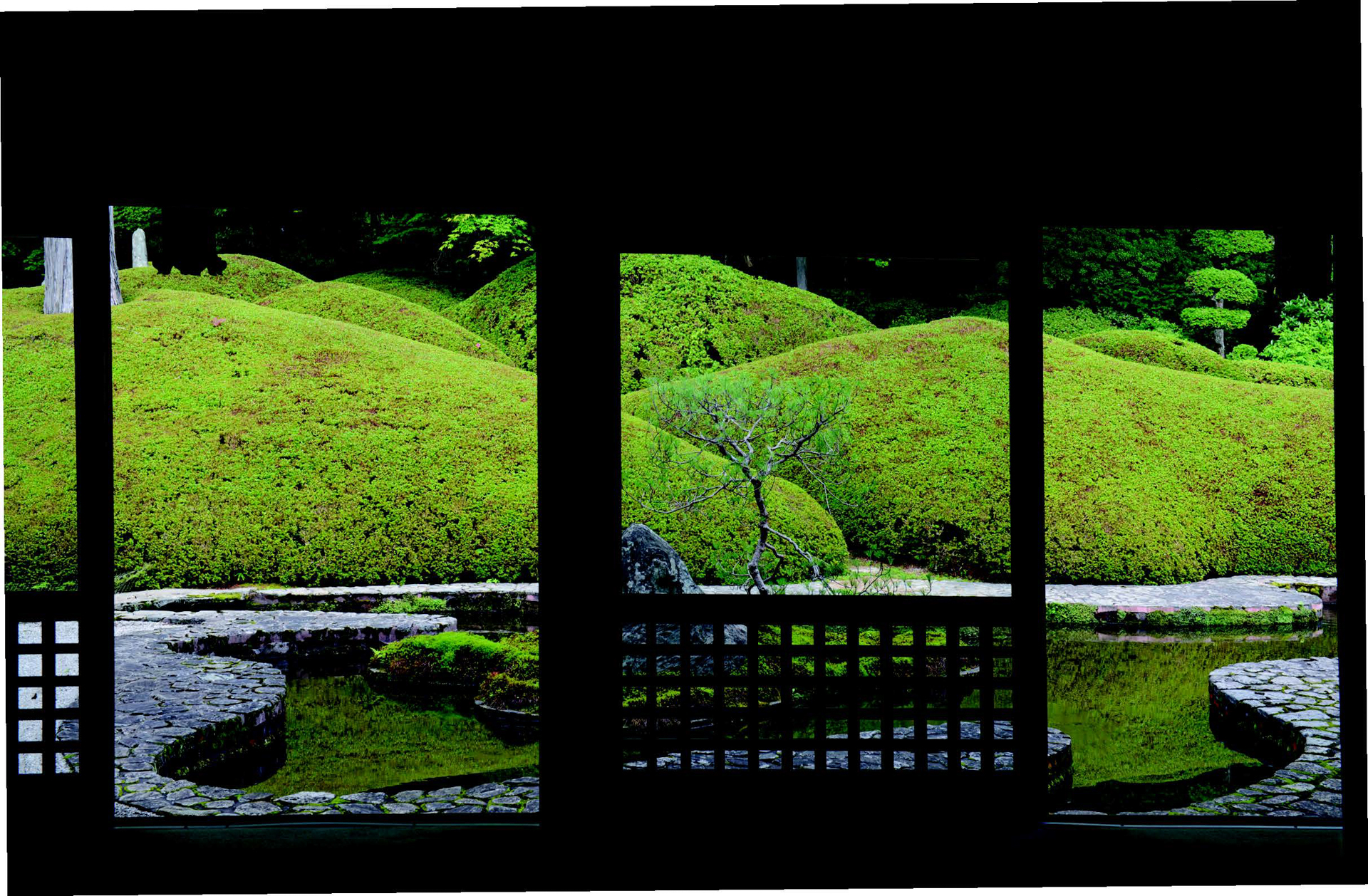 A new photo book explores the symbolic beauty of the Japanese garden
A new photo book explores the symbolic beauty of the Japanese garden‘Modern Japanese Gardens’ from Thames & Hudson traces the 20th-century evolution of these serene spaces, where every element has a purpose